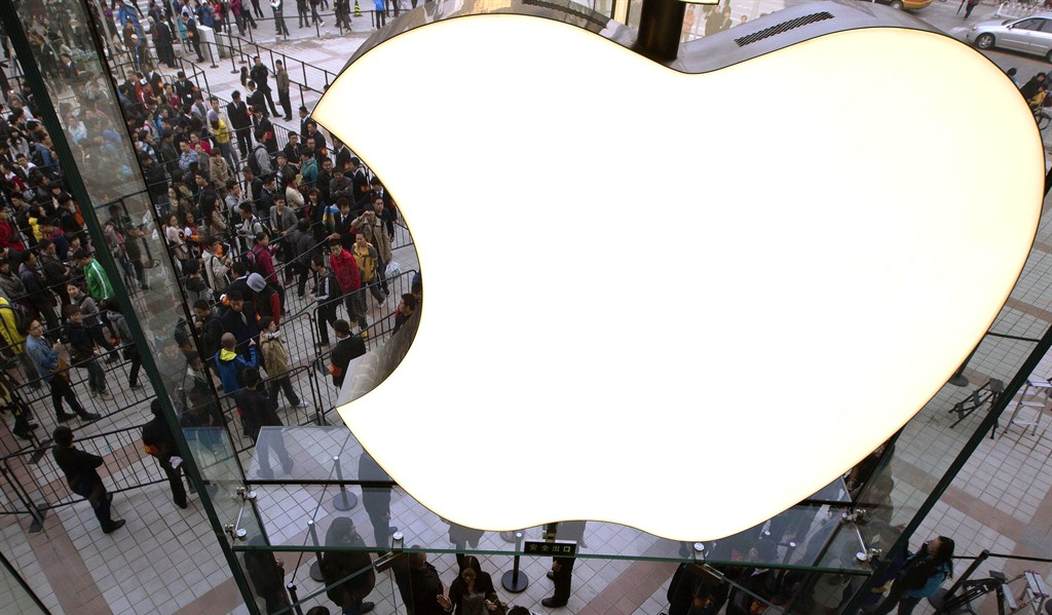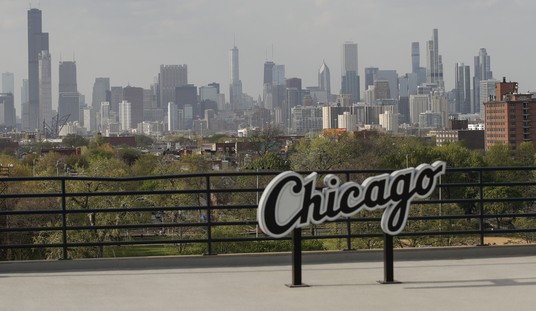The United States has only colonized one country in its history, the Philippines, which ceded from Spain, along with Puerto Rico and Guam, for a sum of $20 million during the (Treaty of Paris). The thing is, Spain no longer controlled the Philippines that gained its brief independence in 1898, before America arrived, and claimed its prize. A war broke out, that lasted three years, in Mindanao where Muslim fighters put up a stiff resistance.
Filipino revolutionaries chose to engage in guerilla warfare against the United States. The Philippine- American War involved 126,000 US solider; 4,200 to 7,000 died (from various accounts), while 16,000 Filipino soldiers died, and up to 1,000,000 civilians died mostly from disease and famine. In the meantime, Americans followed the lead of President McKinley's goal to civilize the locals, and brought in scores of teachers.
President Wilson started proceedings for Philippines independence in 1913, but it would take until 1946 before it became official (after 300 years of Spanish rule and nearly 50 years of American colonization). During that time, Americans controlled large plantations of rice, tobacco, pina plants, and abaca. Essentially, the Philippines became a vessel state, where the locals served as laborers and consumers for its major source of raw goods. Our lone experiment of colonization was not a good look. Still, older Filipinos are grateful for American soldiers who liberated the nation from the scourge of Imperial Japan.
Modern Colonization
These days, the best way to colonize another nation is through business, not by weapons or by force. (Outside of Putin, few want to bother with the rigors of feeding a captured people, always plotting for freedom.) You hear all the time how the world is so connected, but the fact is the world has been connected for centuries, and commerce has been the glue. Of course, these days, we are so connected that at times it feels like the world is overlapping.
Recommended
Reconnecting the World
 It feels like the days before the continents were split apart (I still blame the squirrel from Ice Age). The race is on to dominate- via commerce. The great news is America has an amazing head start, and despite the persistence of people, even analysts and television commentators say that global sales do not matter, they do more and more each day. On that note, the ability to generate positive cross- border brand recognition is paramount.
It feels like the days before the continents were split apart (I still blame the squirrel from Ice Age). The race is on to dominate- via commerce. The great news is America has an amazing head start, and despite the persistence of people, even analysts and television commentators say that global sales do not matter, they do more and more each day. On that note, the ability to generate positive cross- border brand recognition is paramount.
The BrandZ report on the most valuable brands out this week painted a very interesting picture that correlates well with underlying stock performance.
Since 2006, the top 100 brands have seen their stock value increase 81% versus 45%, for the S&P. With that said, Google's surge in value hints at a lot more upside for the stock, while Apple's slide mirrors the mostly indecisiveness of the stock; at one time, everyone on Wall Street said it was a no-brainer to reach $1,000. Apparel brands enjoyed the biggest improvement in value lead by Uniqlo +58%, Nike +44%, and Adidis +47%. Globally, American brands still dominate, but the competition is growing:
- N. America 50 of top 100 +5.9% =$959.5 billion
- UK 6 of top 100 +5.4% = $155.8 billion
- Asia 20 of top 100 +15.8% =$314.2 billion
- Europe 23 of top 100 +19.0% = $246.8 billion
|
Top Ten Brands |
|||
|
Value Billions |
Change |
Brand |
% Revenue Outside USA |
|
$158.8 |
+40% |
GOOGL |
55% |
|
$147.9 |
-20% |
AAPL |
66% |
|
$107.5 |
-4% |
IBM |
56% |
|
$90.2 |
+29% |
MSFT |
47% |
|
$88.7 |
-5% |
MCD |
65% |
|
$80.7 |
+3% |
KO |
80% |
|
$79.2 |
+41% |
V |
44% |
|
$77.9 |
+3% |
T |
NA* |
|
$67.3 |
-3% |
MO |
39% |
|
$64.3 |
+41% |
AMZN |
40% |
*AT&T Investor Relations department stated that a small (-undisclosed) percentage of its consolidated revenues comes from outside the US.
This report could not have come out at a better time, considering some of the news this week:
- Google is looking to put up to $30 billion to work, acquiring companies outside the United States
- Netflix is ready to expand its European footprint beyond the UK, Scandinavia, and the Netherlands to Germany, France, Austria, Belgium, Luxembourg, and Switzerland
Yes, colonization in the 21st Century will be through commerce, and the weapons will be great products and services, and reputation. The great news is American companies have the lead, and the bad news is that the rest of the world is fighting back. (As a fan of competition, I should say it's not "bad" that rivals are emerging outside of America; it is just a problem, as homegrown businesses are being handcuffed by the government eager to make corporate profits part of the public domain.)
























Join the conversation as a VIP Member